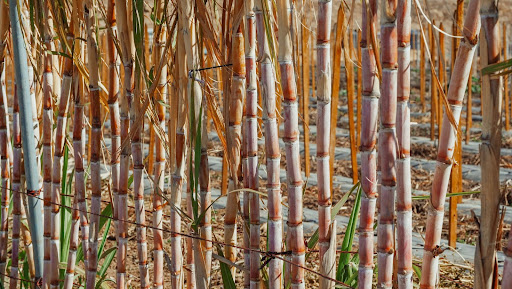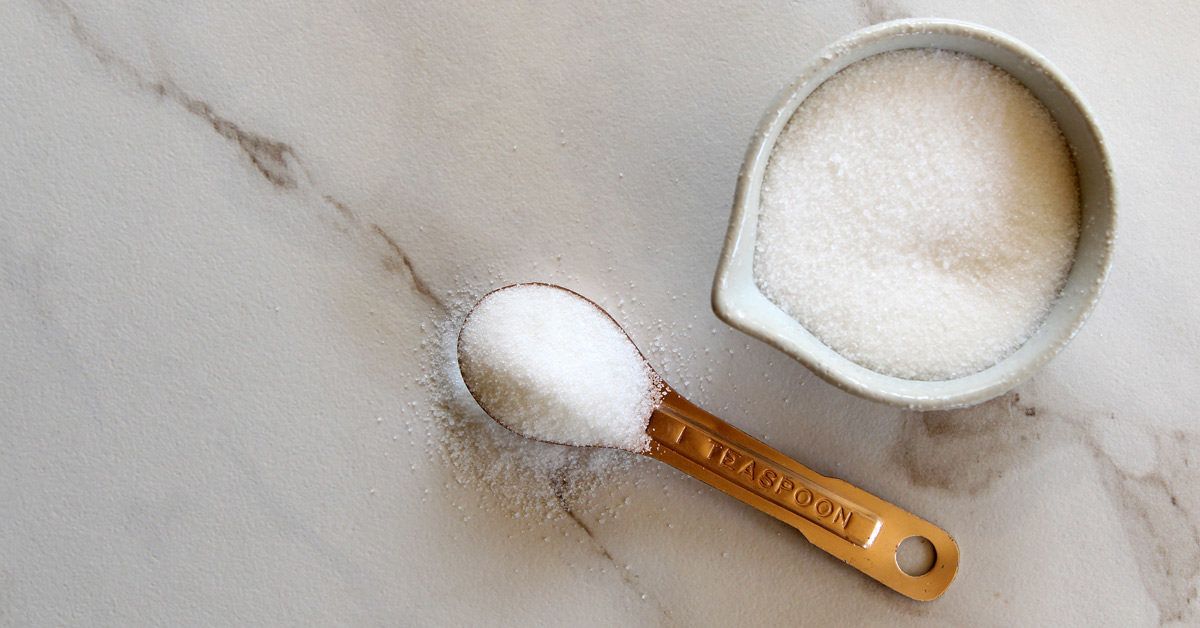Producers consider beet sugar vs cane sugar when choosing sweeteners for different recipes.
Producers consider beet sugar vs cane sugar when choosing sweeteners for different recipes.
Blog Article
Exploring the Distinctions being used and Advantages In Between Beet Sugar Vs Cane Sugar
In the culinary world, the choice between beet sugar and cane sugar is not simply concerning sweetness however entails a nuanced consideration of taste, application, and effect. While both sugars come from various plants, each goes through special production processes that discreetly influence their qualities and viability for various dishes. As cooks and consumers progressively prioritize both the ecological and taste profiles of their active ingredients, comprehending these distinctions becomes crucial. This exploration supplies insight right into how each sugar kind can best boost cooking productions.
Beginnings and Production Procedures of Beet and Cane Sugar

Walking stick sugar, on the other hand, originates from the sugarcane plant, an exotic grass belonging to Southeast Asia today cultivated in exotic zones worldwide. The production of cane sugar starts with the harvesting of cane stalks, which are squashed to launch the juice. This juice is then steamed to concentrate it, after which it is spun in centrifuges to produce raw sugar crystals. These crystals are further improved to produce the white sugar typically available in stores.

Nutritional Content and Wellness Considerations

When contrasting the nutritional material of beet sugar and cane sugar, it ends up being apparent that both kinds basically give the exact same caloric worths, with about 16 calories per tsp and no considerable nutrient variety. Both sugars, when consumed in excess, can contribute to elevated blood sugar degrees, a danger aspect for diabetic issues and various other metabolic disorders. From a health point of view, moderating intake of any type of type of sugar, whether from beet or cane, is recommended to avoid these prospective adverse effects on wellness.
Flavor Accounts and Culinary Applications
Despite their comparable chemical structures, beet sugar and cane sugar differ discreetly in taste, which can affect their usage in numerous cooking contexts. Cane look at this now sugar typically brings a hint of molasses, even in its polished kind, providing a warm, caramel-like touch that improves baked products, coffee, and chocolate-based dishes. This slight molasses flavor is especially valued in the cooking market for including depth to sugary foods and breads. On the other hand, beet sugar is characterized by its extremely fine-tuned, neutral preference, making it a versatile sugar that does not alter the flavor accounts of meals. This neutrality is specifically helpful in fragile dishes, such as light breads, creams, and some sauces, where the integral flavors of various other active ingredients are meant to attract attention. Chefs and food suppliers could pick one kind of sugar over the various other based on the desired flavor end result of their cooking developments.
Environmental Influence and Sustainability
While both beet and cane sugars are stemmed from plants, their environmental effects differ significantly because of the distinctive methods of cultivation and handling needed for every. Sugar beet growing frequently involves extensive automation, which can enhance nonrenewable fuel source intake and carbon exhausts. However, beets can be expanded in cooler environments and call for much less watering, potentially decreasing water use contrasted to sugarcane. Sugarcane, on the other Click This Link hand, is typically grown in tropical areas where it depends heavily on irrigation and a longer growing duration, raising its water impact.
Additionally, the handling of sugarcane often produces a substantial quantity of waste, including bagasse, which, although usable as biofuel, frequently adds to air contamination if burned inefficiently. Sugar beet handling utilizes even more of the raw materials, leading to much less waste. Both markets face difficulties in decreasing their environmental impacts, but continuous technologies in agricultural methods and waste monitoring are aiming to improve sustainability.
Economic Factors Influencing the Sugar Industry
The financial dynamics of the sugar industry are dramatically affected by international market demands and trade policies. Factors such as tariffs, aids, and worldwide trade contracts play crucial roles in shaping the affordable landscape. As an example, in regions where sugarcane or sugar beet manufacturing is subsidized, producers might have a monetary advantage that enables them to offer lower rates on the global market. This can create disparities in earnings and market gain access to for producers in Read More Here countries without such subsidies.
In addition, changes in global need for sugar, influenced by nutritional patterns and commercial usage in food, straight effect rates and manufacturing degrees. beet sugar vs cane sugar. Weather also play a pivotal function, as they can considerably impact crop yields and, as a result, the supply chain. This irregularity introduces a degree of economic unpredictability that can bring about investment volatility in sugar production sectors, influencing choices from growing to market approach
Conclusion
In verdict, both beet and cane sugar have one-of-a-kind top qualities that fit different culinary demands. While cane sugar conveys a rich taste ideal for improving baked products, beet sugar's nonpartisanship is excellent for lighter dishes.
Report this page